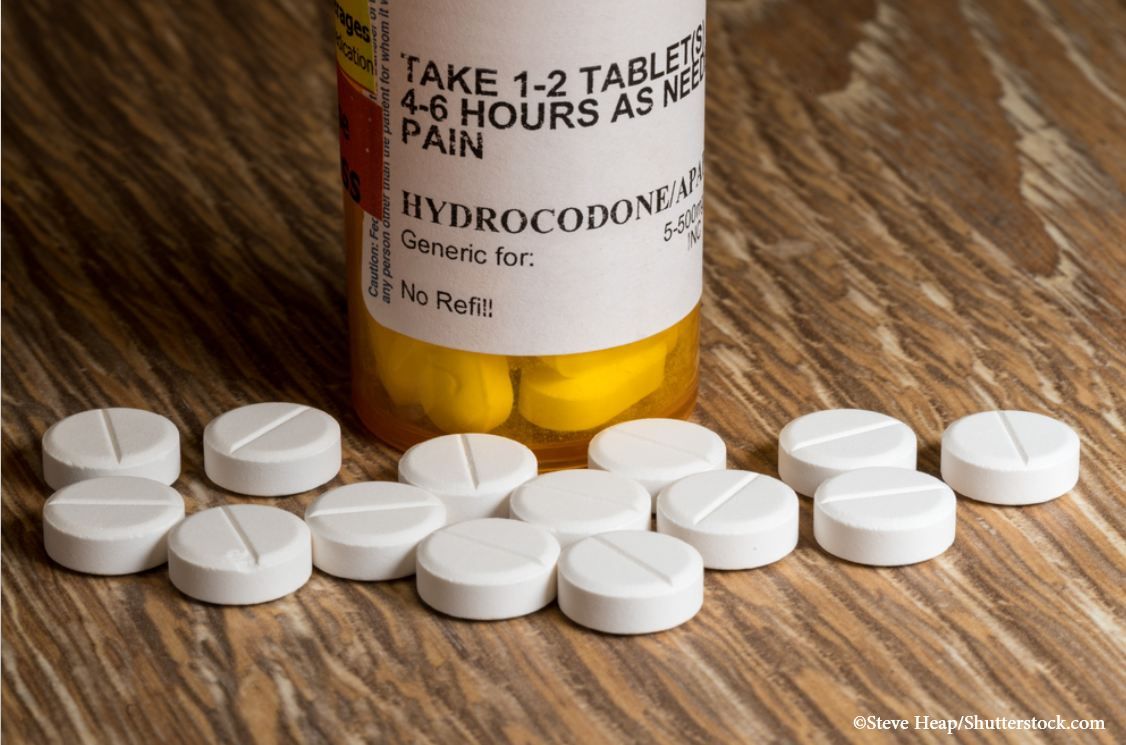DEA Extends Telehealth Prescribing Rule for Controlled Substances
Doctors who have been prescribing some controlled substances via telehealth without seeing the patient in person can continue doing so for a while longer.
©Steve Heap/stock.adobe.com

The policy allowing the practice, adopted in March 2020 at the start of the COVID-19 public health emergency (PHE) was due to end when the PHE itself expires on May 11. But a temporary rule issued jointly today by the U.S. Drug Enforcement Agency (DEA) and the Substance Abuse and Mental Health Services Administration (SAMHSA) extends the policy for 6 more months, until November 11, 2023, according to a SAMHSA statement.
The rule also states that if a patient and practitioner have established a telemedicine relationship on or before November 11, 2023, the practitioner can continue prescribing controlled medications without an in-person visit until November 11, 2024.
At the beginning of March, the DEA announced it was proposing 2 rules for telehealth prescribing after the PHE’s expiration. One of the rules would require patients to see a provider in person within 30 days of receiving a telehealth prescription for buprenorphine, typically prescribed for treatment of opioid use disorder (OUD). Over the next month the agency received more than 38 000 public comments, including many from addiction experts warning that the rules would make it more difficult for patients to recover from opioid-use disorder.
“We take those comments seriously and are considering them carefully,” DEA Administrator Anne Milgram said in a statement. “We recognize the importance of telemedicine in providing Americans with access to needed medications, and we have decided to extend the current flexibilities while we work to find a way forward to give Americans that access with appropriate safeguards.”
Access to medications for OUD specifically "is a pillar of the HHS Overdose Prevention Strategy,” said Miriam E. Delphin-Rittmon, HHS assitant secretary for mental health and substance use and leader of SAMHSA. “We strongly support policies that promote access to effective and safe treatment for opioid use disorder, including through telemedicine platforms, and ensuring continued access to necessary controlled medications past the COVID-PHE.”